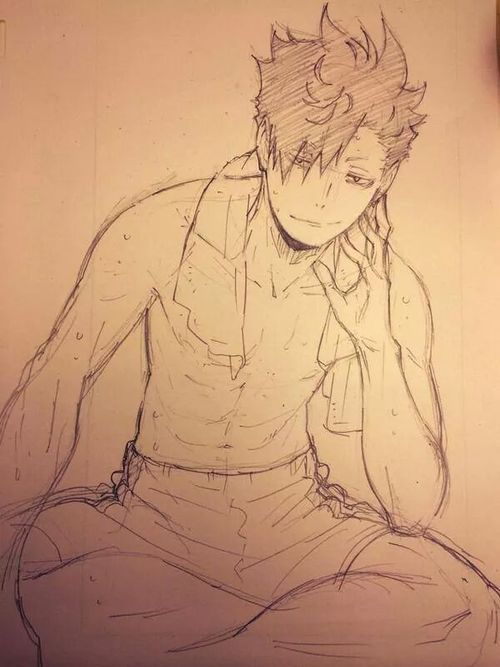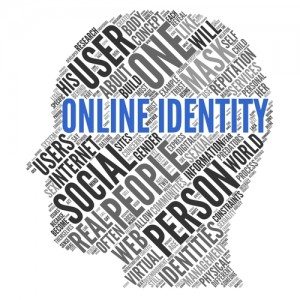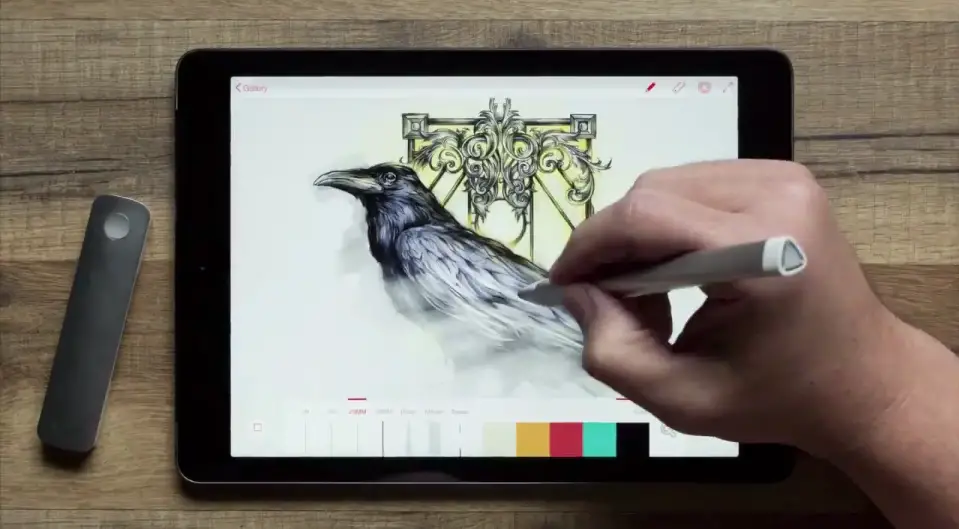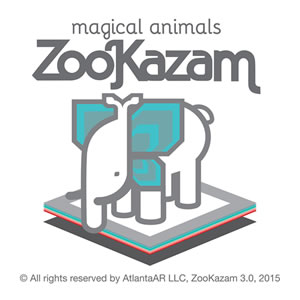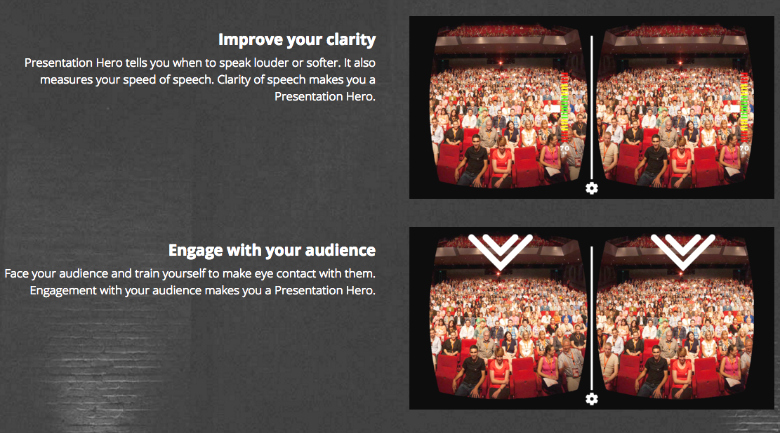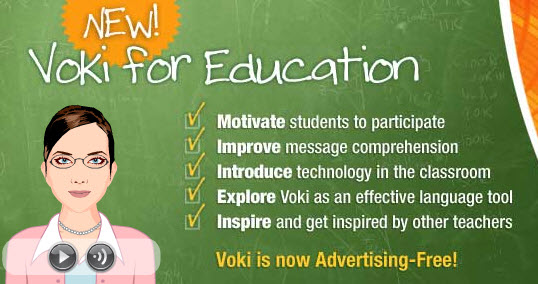This uneventful week I learned two main things; social media can ruin careers and the idea of time does not exist in a studio. It’s pretty easier to get lost in the work in a studio. However, I would like to talk more about social media because one mistake could ruin one’s entire reputation. For example, a few that I researched and heard about include; Ashley Payne, a teacher fired over an unprofessional picture of her holding alcohol; a teacher who had joked about drowning her students, and then was fired because the principle found out; Ayumi Kuroiwa (my personal favorite), who was fired for uploading NSFW artwork on her private Twitter. There’s an ongoing list of people who ruin their careers. It frightens me how easy it is to create a bad reputation; I like to think of it as walking through a field of landmines where some are obvious and others are extremely obscure.
I personally decided to research Ayumi Kuroiwa, mainly because she is related to my field of interest. Kuroiwa is an animator that has participated in many notable projects such as Haikyuu and Kuroko no Basket. She had been posting not safe for work (NSFW) art on her private Twitter along with complaints about her company and some of their projects. She had been asking repeatedly to stop posting fan art but still continued to do so. Eventually, the company decided to fire her and ask for her account to be terminated. Some fans believed that Kuroiwa’s treatment was unethical and that posting fan art should not affect her career. Unfortunately, an employee, whether on or off work, can still behave in a way that reflects poorly on the company. It’s completely understandable that they would want to fire her.
This leads me to a chapter of Sheryl Nussbaum-beach’s Connected Education focusing on managing online reputation. Many users fail to realize that their actions on social media can easily be found if googled. Sheryl stresses the importance of building a digital footprint in a way that is transparent, safe, and most importantly positive. It’s very difficult to land a job when the first thing an employer googles about you is an article about your dismissal from your last job, like the case with Kuroiwa. Statistic show that almost half of all internet users have googled themselves, and that the well educated and wealthy google themselves the most. It definitely makes sense because the wealthy must maintain a good, professional reputation in order to protect their social lives, connections, and wealth; the same goes for the educated. Sheryl also provides tips on how to improve your reputation, such as:
Creating a professional webpage: This is extremely important because it can act as a mini-resume. It can give your background and, in my case, serve as a portfolio.
Tracking: Like I mentioned earlier, constantly monitoring your presence online can help you keep proper etiquette, or just give you an idea of how your reputation is looking.
Creating a professional webpage: This is extremely important because it can act as a mini-resume. It can give your background and, in my case, serve as a portfolio.
Tracking: Like I mentioned earlier, constantly monitoring your presence online can help you keep proper etiquette, or just give you an idea of how your reputation is looking.
Professional facade: Self-explanatory. It’s important to be aware of how your comments can affect others.
Social Media: keeping up multiple accounts can help broaden your footprint. You will show up in more searches.

